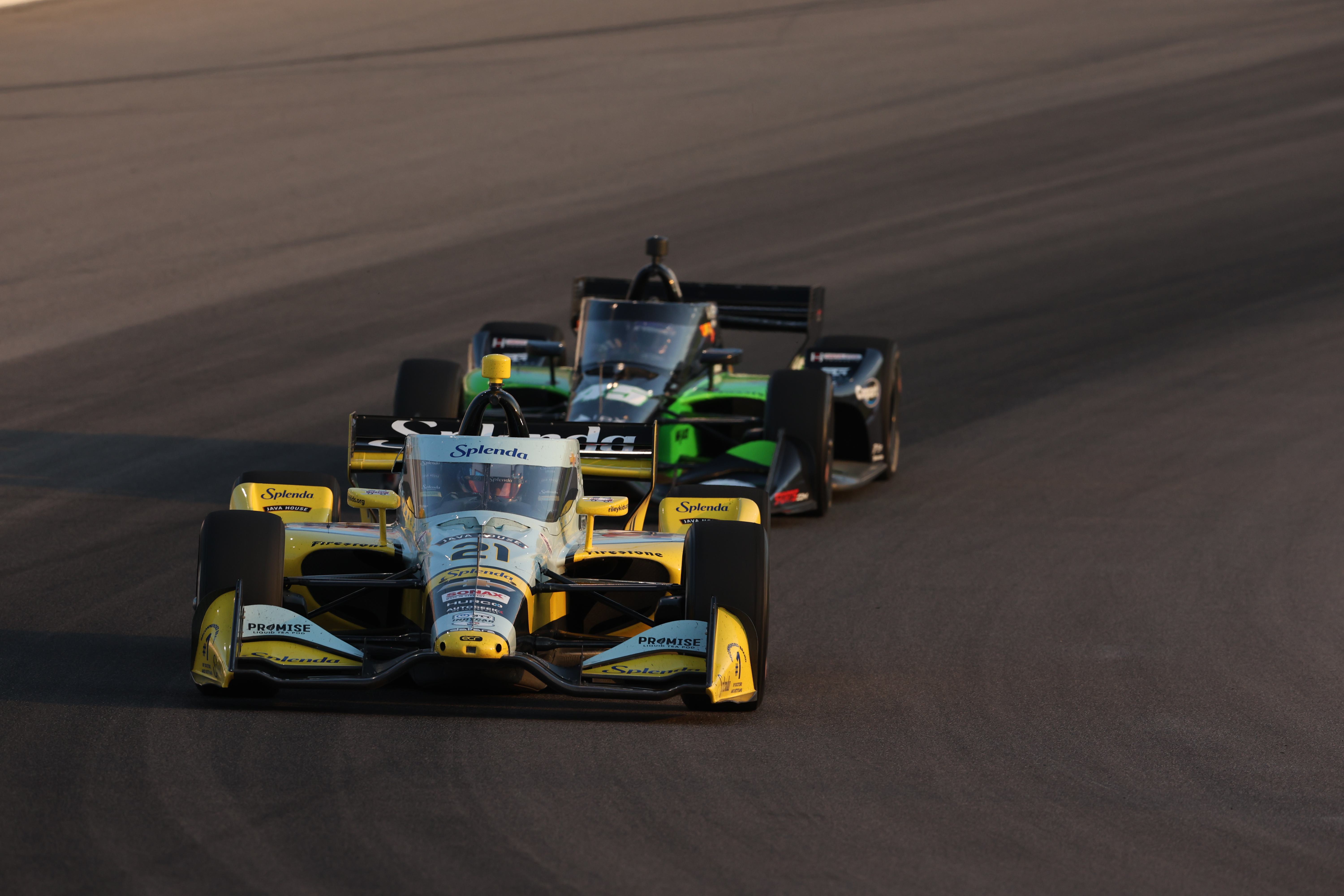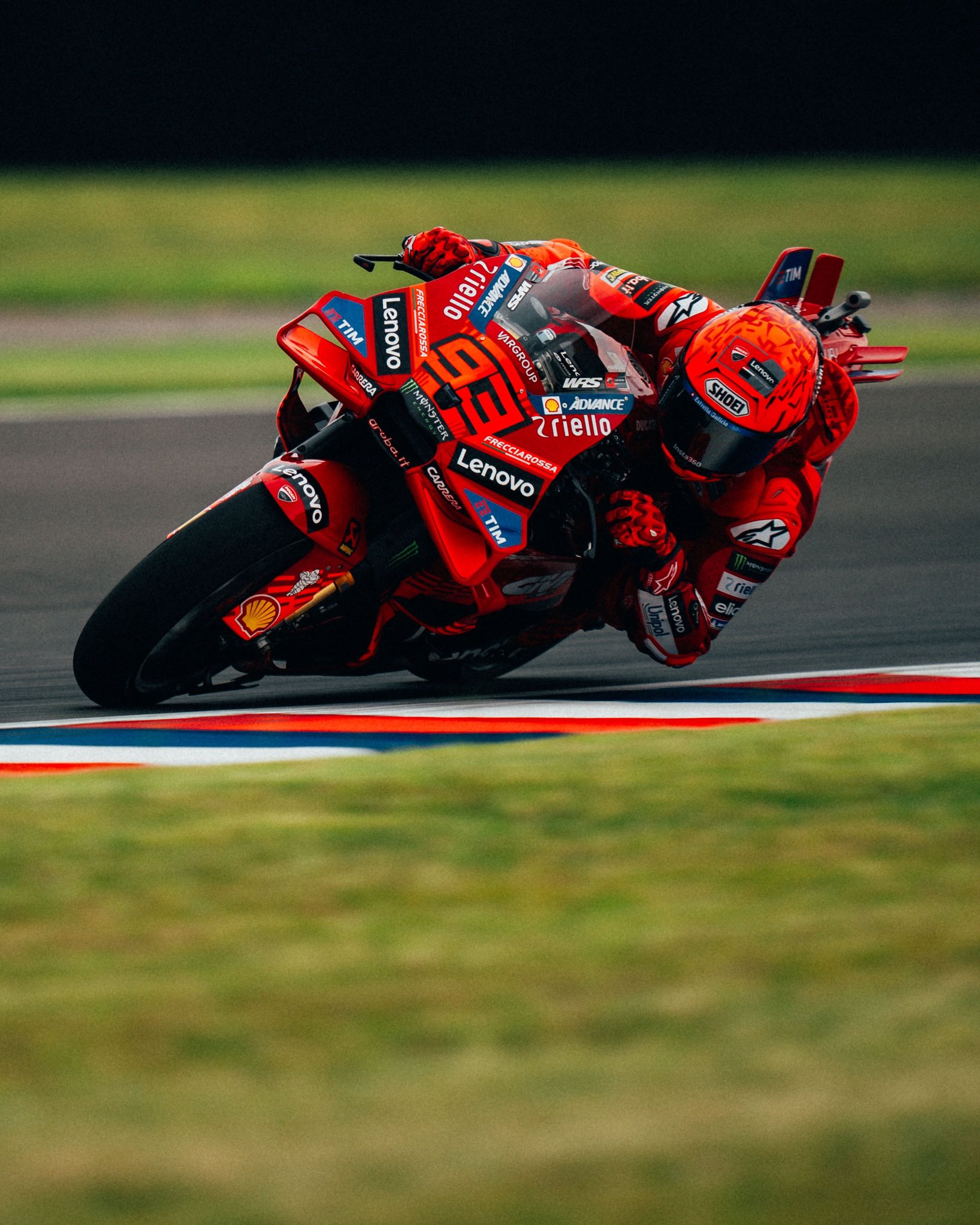A Decade on: The 2014 Japanese Grand Prix
- Alrissa Mariam
- Apr 5, 2024
- 4 min read
Written by Alrissa Mariam, Edited by Vyas Ponnuri

The 2024 Japanese Grand Prix is around the corner –10 years after the tragedy that struck during the 2014 Japanese Grand Prix when Marussia racer Jules Bianchi lost control of his car at 213 km/h, and crashed into a tractor crane removing Adrian Sutil’s car after he had crashed.
Bianchi, 25 at the time, was a French driver for Marussia F1 Team. He had raced in Formula Renault 3.5, GP2 and F3. The Frenchman was also a Ferrari Driver Academy member and entered F1 as a practice driver in 2012 for Sahara Force India.
Bianchi made his debut driving for Marussia the following season, finishing 15th in his opening race in Australia, ending the season P19 without having scored any points. Regardless, his best result that year was the P13 he managed to secure at the Malaysian Grand Prix.
During the 2014 Japanese Grand Prix, Typhoon Phanfone brought heavy rain to the track. This created a large amount of standing water on the track. Bianchi had lost control of his car on lap 43, veering towards the run-off area at turn seven where a tractor crane was removing Adrian Sutil’s Sauber after Sutil had crashed.
Bianchi hadn’t slowed down enough to avoid losing control while approaching the double waved yellow flags.
The left side of Bianchi’s Marussia was extensively damaged, and the roll bar destroyed as it slid under the tractor crane. The impact was so forceful that the tractor crane was partially jolted off of the ground, and Sutil’s Sauber, which was suspended in the air by the crane, fell back to the ground. The race was then stopped and Lewis Hamilton was declared the winner.

Bianchi was reportedly unconscious after not responding to the team radio or the marshals. He was treated at the crash site, before being taken by ambulance to the circuit’s medical centre.
But because of the poor weather conditions, transport by helicopter was not possible, therefore, Bianchi was taken to the nearest hospital, about 15 km away from the Suzuka track.
Initial reports by Bianchi’s father, Philippe, said that Bianchi was in critical condition with a head injury, and was undergoing an operation to reduce severe bruising to the head. CT scans showed that Bianchi had suffered a “severe head injury” in the crash and would be admitted to intensive care.
Out of respect for what had happened, the top three finishers of the race, Lewis Hamilton, Nico Rosberg and Sebastian Vettel, decided not to go through with the iconic champagne spray at every race podium. Bianchi’s crash had overshadowed the race.

Bianchi’s family later on reported that he had a diffuse axonal injury, a common traumatic brain injury in vehicle accidents involving quick deceleration. Four months after the crash, Bianchi’s family made another update that the driver was in “desperate” condition, with doctors saying that his survival would be a miracle.
On July 17, 2015, Bianchi had succumbed to his injuries, becoming the first Formula One driver to be killed by injuries sustained during a Grand Prix after Ayrton Senna in 1994.
Among those who showed up to his funeral were Alexander Rossi, Hamilton, Rosberg, Jenson Button, Vettel, Marcus Ericsson, Adrian Sutil, Valtteri Bottas, Romain Grosjean, Daniel Ricciardo, Felipe Massa, Alain Prost, Daniil Kvyat, and Bianchi’s ‘godson’, Charles Leclerc.
Bianchi’s dream was to drive for the Italian dream team, Scuderia Ferrari. Sadly, he never got the chance to fulfil it. But his godson Leclerc had made it a mission to drive for the Scuderia in honour of Bianchi, and his own late father Herve.
Safe to say, Leclerc has accomplished that mission, as he now holds the record for the second-youngest driver to join the Italian team, and his aim now is to win a championship with the Prancing Horse.
“Jules probably deserved this place more than I do, and I’m extremely happy to be the one. And I’ll try to honour him the way he deserves, and bring him the success he deserves to have.” - Charles Leclerc after signing with Scuderia Ferrari.

In 2018, the Halo, a safety device for the cockpit of feeder series F1, F2, F3, F4, as well as Formula E, was made compulsory, with cockpit protection in the spotlight after Bianchi’s crash.
The Halo is a curved bar placed above the driver’s head in the cockpit of the car, and is made out of aerospace-grade titanium. It is manufactured exclusively by FIA-selected manufacturers and not the teams themselves.
In 2018, the Halo protected Charles Leclerc’s life after a crash with Fernando Alonso. It proved its importance again in 2020 for Romain Grosjean after he crashed into the barriers at the Bahrain Grand Prix and his car split in two as it created a fireball.
At Monza 2021, the Halo once again played its part as a safety device when Max Verstappen’s right rear-wheel went over Lewis Hamilton’s crash helmet after coming in contact.
Zhou Guanyu had been saved by the Halo during Silverstone 2022 after being clipped by Pierre Gasly and flipping in mid-air, landing on the Halo and roll hoop. Zhou’s car shot through the gravel before it flung up into the catch fence where it became wedged in the gap with the tyre barrier. He reported feeling “pretty good” after his medical check.

Jules Bianchi not only left a legacy for his godson to finish, but he made a form of safety for the drivers to hopefully not suffer the same fate as he did.










Comments